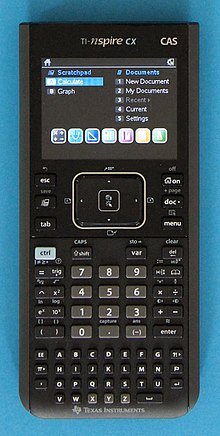
Understanding probability & expected value in mathematics
Probability
It is always a good habit to foresee or partially determine the final output before entering an enterprise in real life. Whether it's business enterprise decisions, cricket championships or weather forecast, prediction models always help practitioners estimate their outcome. The prediction model is the sub-area of Chance, a branch of mathematics that deals with the possibility or expectation of an event. Formally, the probability of an event can be determined by a ratio, which discusses the total number of outcomes and the possible chances of occurrence of a particular event, i.e.
P (A) = No. of desired outcomes
Total possible outcomes
= n (E) /n (S)
Let's discuss and simplify the riddle of probability by an example. For example, we need to determine the probability of getting an odd number after throwing a single die. In solution will first decide the Sample Space, which will contain all possible outcomes, in our case it will be
S = {1, 2, 3, 4, 5, 6}
And since it occurs six times, the n (S) is 6. Our favorable outcomes are the odd numbers. Therefore, the set of desired outcomes contains {1, 3, 5}, and so
n (E) = 3
If we put them in the probability formula of P (A) = n (E)/n (S), we will have
p (A) = 3/6 = ½ = 0.5
Always remember that the probability of an event should only be between 0 and 1.
Let's look at a case where A & B are two mutually exclusive events,
P (A B) = 0
and,
P (A U B) = P (A) + P (B).
Clarify these expressions with this example, in which case A will carry the numbers greater than or equal to 4 in a dice roll, i.e. {4, 5, 6}. While the event B will have the numbers smaller than 4 in a dice throw, i.e. {1, 2, 3}. So now,
P (A B) = 0
P (A U B) = P (A) + P (B)
P (A U B) = {1, 2, 3, 4, 5, 6}
Expected Value
The concept of expected value is similar to the idea of anticipating one of the most possible cases from the whole range of different scenarios. In general, it was generally believed that man's conscience always expects an output or reaction after performing a successful action. In terms of applied philosophy, there is certainly an underlying cause behind each effect and vice versa.
If we dive deep inside, we will encounter the theoretical aspects of the expected value. The mathematical formula is quite simple, which is about the product of two quantities.
E.V = P (x) * n
Where P (x) stands for the probability of a specific event, and n is the number of times that event would occur. The formula mentioned above can be changed under two important circumstances, namely binomial random variable or multi-event variable.
Let both cases narrow separately. In the case of the binomial random variable, only two options remain that you can expect as the resulting value. For example, if you need to determine the chance to have a tail side of the coin after ten throwing. Then you should find the simple chance to get a tail in a single test, i.e. 1/2 or 0.5. So, having multiplied it by some trials, you get the final expected value of having a coin side after throwing ten times.
E.V = P (x) * n
= 0,5 * 10 = 5
Now let's look at variables of multiple events. Unlike binomial, this case deals with events that will have more than two chances.
E.V = P (X) * ∑n
In this formula, the probability of a single event is multiplied by the sum of all outputs of events.
Mathematics is a conceptual subject and one cannot survive if he/she wants to memorize the concepts instead of learning them. To learn concepts of different mathematical functions, one has to practice a lot to learn effectively.
There are 2 ways to practice mathematics in case someone wants to learn different concepts. One is the manual way and the other is the digital way. The manual ways to calculate are defined above. The other way of practice is the digital way calculators are used instead of manual formulas. There are easily available online calculators such as Probability Calculator & Expected Value Calculator that anyone can use to master their subject, i.e. mathematics #algebra #calculus #math #education #online_education #expected_value #probability #easymath
- Comments (0)
- Recommended
- Milestones
Here are your recommended items...
Here are your milestones...



